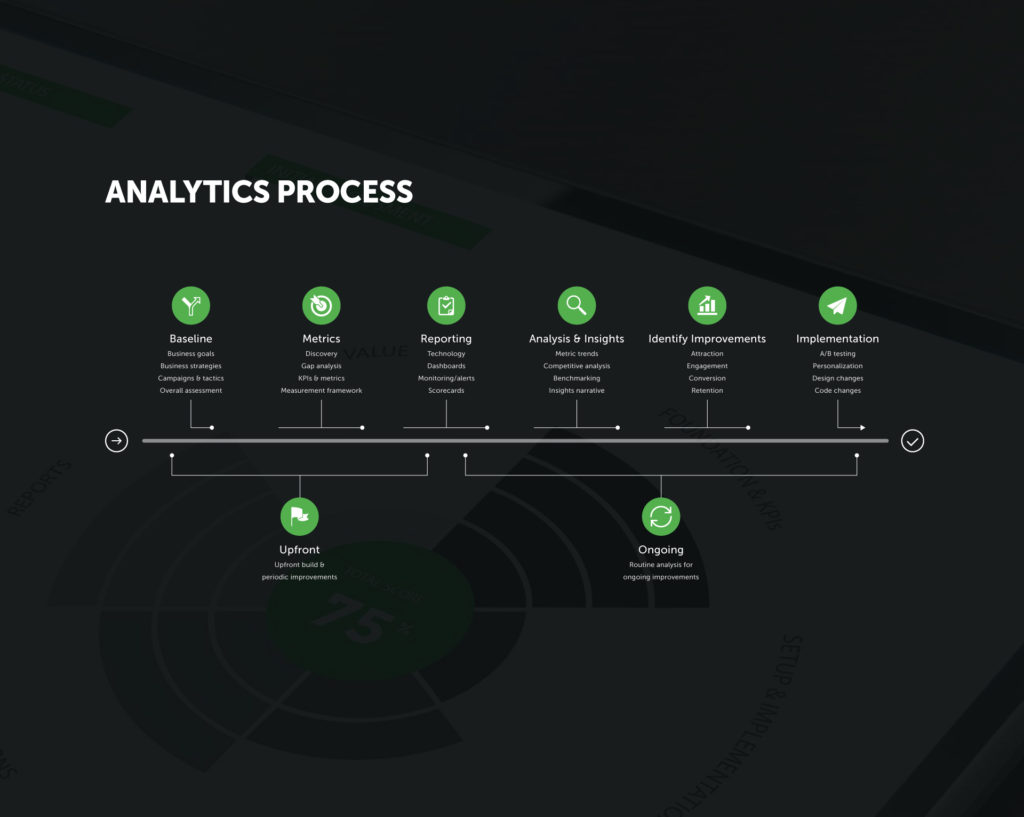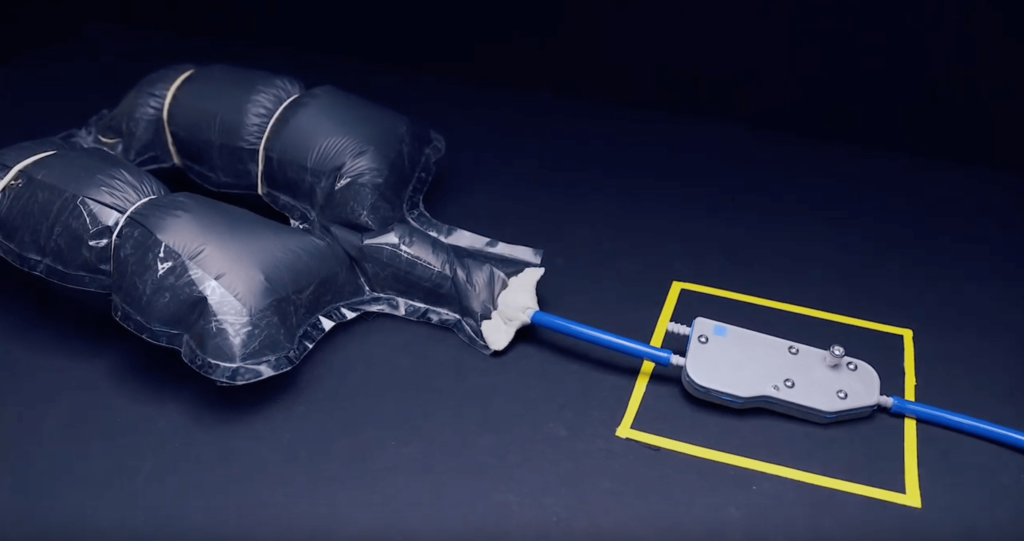Article
Engaging Your Employees Within an Innovative Culture Part 2

Whether the training comes in the form of empowering individuals to become trainers themselves, teaching innovation evaluation metrics widely or even helping the entire company to understand the importance and implementation of the metrics discussed in this list, training can enable more effective participation as well as more engaged employees.
Mental models, practices, and values that innovative cultures prize
- Failing fast & iterating
- Alternating divergent & convergent thinking
- Avoiding groupthink
- Applying user empathy
- Building human-centric design
- Engaging with extreme users
- Incorporating diverse perspectives
- Framing problems thoroughly
- Prototyping at different fidelities
- User testing & need-finding
- Understanding the customer journey
- Applying beginner’s mindset
- Watching, not just listening
- Visualizing frameworks
- Broadening for creative freedom
- Narrowing for focused solutions
- Adding before evaluation
- Prototyping to bring ideas to life
Creativity is a Skill, Not an Innate Quality
Creativity is a skill to be developed and can be understood as such by acknowledging two major principles:
1. Creativity can be practiced:
Much like any activity, whether it’s soccer or baton-twirling, genes play a part in natural and peak ability, but everyone can improve through practice. By spending time being creative and learning about effective techniques for creativity, one’s creative output can absolutely increase.
Helping individuals to understand this can help raise the talent of your organization while also engaging individuals who would otherwise withdraw. If a team member thinks he or she is bad at coming up with ideas, it’s likely they’ll avoid participating. Teaching them that creativity is a learned skill can allow them to improve over time and to participate more.
Giving individuals the understanding that they can improve—and will be rewarded for doing so—can create a massive shift in both the culture and mindset towards creativity.
2. Creativity can be fostered by the proper environment: Regardless of one’s creative abilities, a greater understanding of innovation principles and theory can allow any individual to be more effective within the system.
Much like framing a problem or activity, framing best practices for innovation can allow individuals to shift their thinking and create game-changing results. Simply knowing principles such as “a bad idea can be just as valuable as a good idea as it can identify important aspects to avoid in a solution” can encourage individuals to share ideas they otherwise would have hidden, increasing their creative output and improving their participation.
Training as a Tool for Engagement
While innovation is oftentimes seen as a very ethereal entity with no clear metrics or methodologies, this is simply not the case. The field of innovation is a heavily studied and growing practice with new research and principles being discussed and discovered frequently. In order to have the most successful innovation practice possible, it is crucial to stay up-to-date and informed about the principles and theory behind successful innovation.
Not only can innovation training serve as a tool for your company to garner better ideas out of your workforce, but it can also create higher levels of satisfaction and progression amongst your employees.









